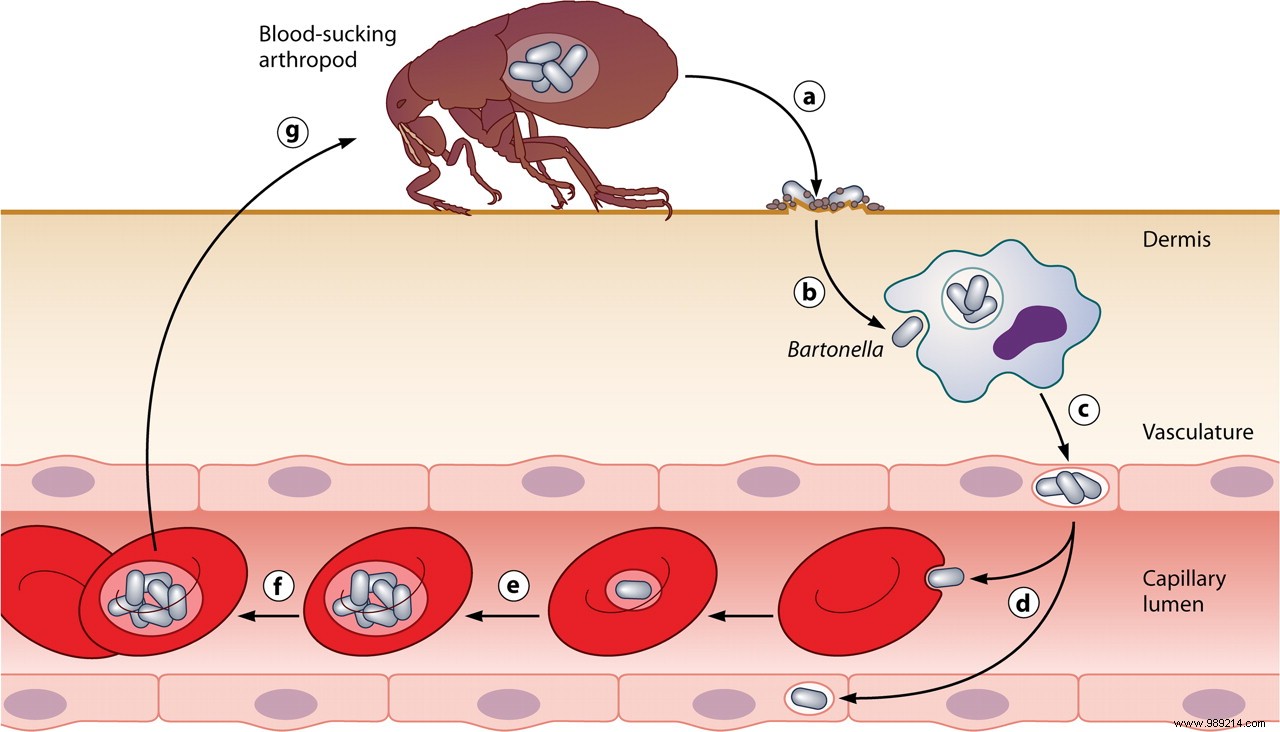According to a recent Canadian study, trench fever disease has reappeared in homeless people. However, this is a disease that the soldiers of the First World War transmitted to each other. A man under the age of 50 recently lost his life after contamination with the bacteria responsible for this disease.
As the MSD Manual explains, trench fever is a disease borne by lice and caused by the gram-negative bacterium Bartonella quintana . Originally observed in the military during the First World War, this disease notably infected more than a million individuals between 1915 and 1918. The disease presents as an acute febrile pathology , recurrent and sometimes associated with a rash. Not very lethal, it nevertheless greatly weakens the soldiers, sometimes unable to fight for months.
Furthermore, humans are the only reservoir of this infection for which diagnosis and treatment are effective. If left untreated, the disease can cause endocarditis , i.e. severe inflammation of the lining of the heart valves. In a study published in the Canadian Medical Association Journal On December 7, 2020, researchers from the University of Manitoba (Canada) highlighted a return of this infection since the 1990s.

The researchers brought up the case of a recent Canadian patient whose life was saved. The homeless individual had developed a serious heart infection after being contaminated. On the other hand, another study published in May 2020 mentioned the case of a homeless person under the age of 50, died for the same reasons . Since this phenomenon has again caused concern, the term “urban trench fever” is often used to describe the disease.
The simple fact that homeless people are dying of this disease provides more than ever proof of their lack of resources . Indeed, antibiotic treatments (Doxycycline) are generally affordable and manage to overcome the problem without difficulty. However, the administration of the drug must be accompanied by treatment for lice.
The leaders of the Canadian study believe that people in very precarious situations should have access to these anti-lice treatments as well as better conditions in foster homes. They also recommend a systematic check for the presence of the bacterium Bartonella quintana in the body of individuals, in the case of long exposure to lice . Finally, the researchers believe that to completely eradicate this disease, it would simply be necessary to end poverty and homelessness.